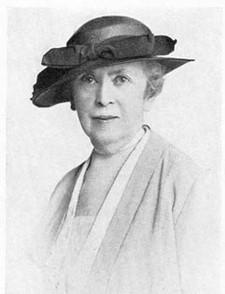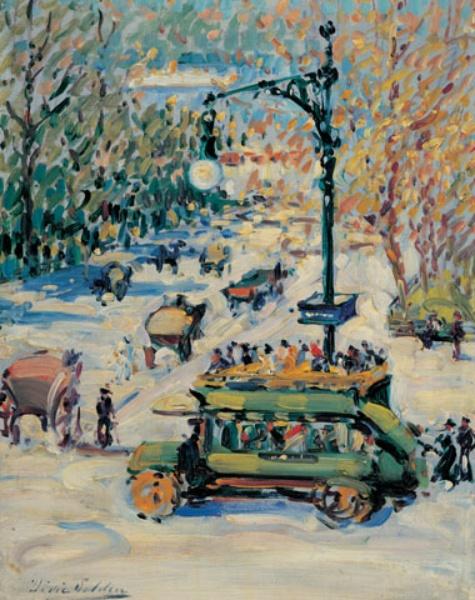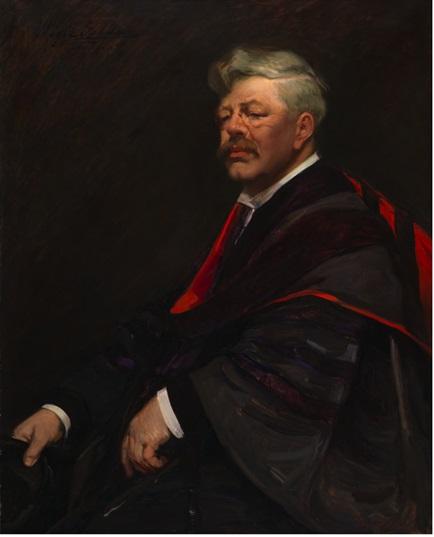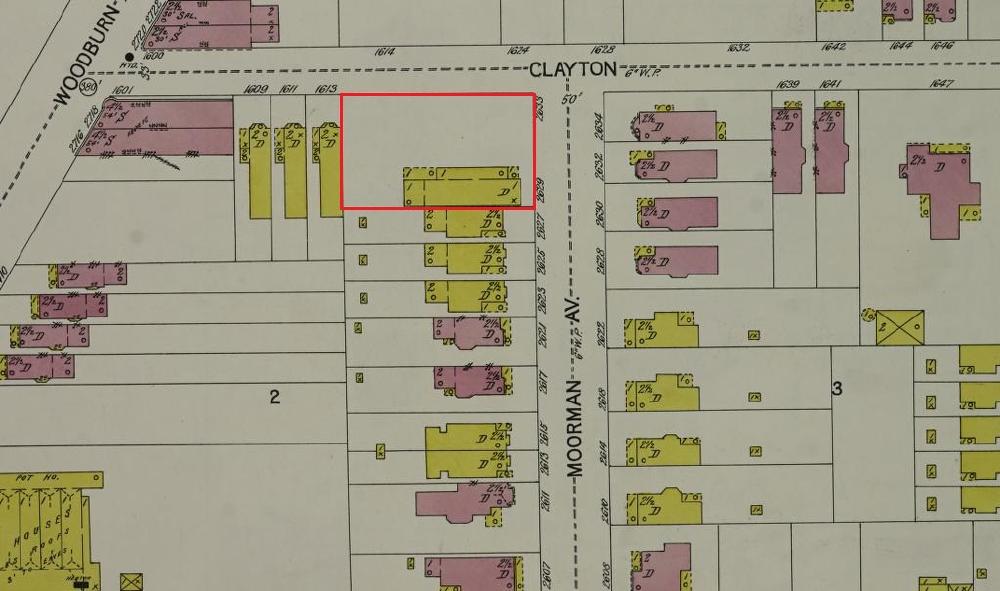
In the male dominated art scene of late 19th- and early 20th-centuries, Dixie Selden made her mark. Her work took her around the world, from Cincinnati to China, blazing a trail for many women to follow. Selden’s talent is still celebrated in her hometown of Cincinnati and beyond.
Dixie Selden was born in Cincinnati to John Roger and Martha Peyton McMillan Selden on February 28th, 1868, and soon moved across the river to Covington, Kentucky where she spent most of her childhood at 55 W. 3rd Street. Selden was the focus of her parents’ attention and encouragement, traveling with her parents to Europe and learning the art of painting from her mother.
Encouraging her budding talent, Selden’s parents enrolled her in the McMicken School of Design (now the Art Academy of Cincinnati) in 1884 where her skill in painting grew. There, she met her lifelong mentor, Frank Duveneck. Duveneck championed Dixie’s art, promoting her work in male-dominated galleries, and furthering her renown as an artist.
Dixie Selden's distinct style emerged from a variety of influences. Selden's popularity as an artist grew thanks to her skill as a painter, especially of portraits. Duveneck's Munich style, characterized by chiaroscuro and realistic subjects, is evident in her portraiture, while the impressionism of Fernand Lungren, another instructor at the Art Academy, can be seen in her landscape and genre work. Her subjects included portraits, landscapes, seascapes, and still-life originals.
By age 26, the artist had begun her professional career, advertising her expertise in portraiture. Much of Selden's art was financed through wealthy Cincinnati elites, for whom she would paint portraits during the colder months in exchange for funding.
For much of her adult life, Selden resided at 2629 Moorman Ave in East Walnut Hills with her companion and fellow artist Emma Mendenhall. The pair traveled extensively together, visiting Asia, Europe, and Africa. The artists were prolific during their travels, seeking out new subjects and scenes wherever they went. Selden frequently painted the harbors and streets of villages she came across.
One of Selden's most popular paintings is a portrait of her mentor, Frank Duveneck. In June of 1919, Selden's work was featured in the Cincinnati Art Museum's first large picture gallery, with the painting holding the place of honor in the center of the gallery.
Dixie Selden died on November 15th, 1935. In 1936, a special memorial exhibit was held at the Cincinnati Art Museum, where Selden was regarded as one of five great painters, and the only woman to have been honored by such a memorial exhibition. Dixie Selden should be remembered as a pioneer in the advancement of women artists and honored today as she was by the Cincinnati Art Museum.
Images



